Live Better While You Age
Live Better While You Age
Tips and Tools for a Healthier, Longer Life
James W. Jones
ROWMAN & LITTLEFIELD
Lanham Boulder New York London
This book represents reference material only. It is not intended as a medical manual, and the data presented here are meant to assist the reader in making informed choices. This book is not a replacement for treatment(s) that the readers personal physician may have suggested. If the reader believes he or she is experiencing a medical issue, professional medical help is recommended. Mention of particular products, companies, or authorities in this book does not indicate endorsement by the publisher or author.
Published by Rowman & Littlefield
A wholly owned subsidiary of The Rowman & Littlefield Publishing Group, Inc.
4501 Forbes Boulevard, Suite 200, Lanham, Maryland 20706
www.rowman.com
Unit A, Whitacre Mews, 26-34 Stannary Street, London SE11 4AB
Copyright 2017 by James W. Jones
All rights reserved . No part of this book may be reproduced in any form or by any electronic or mechanical means, including information storage and retrieval systems, without written permission from the publisher, except by a reviewer who may quote passages in a review.
British Library Cataloguing in Publication Information Available
Library of Congress Cataloging-in-Publication Data
Names: Jones, James W. (James Wilson), 1941- author.
Title: Live better while you age : tips and tools for a healthier, longer life / James W. Jones.
Description: Lanham : Rowman & Littlefield, [2016] | Includes bibliographical references and index.
Identifiers: LCCN 2016028527 (print) | LCCN 2016037458 (ebook) | ISBN 9781442269583 (cloth : alk. paper) | ISBN 9781442269590 (electronic)
Subjects: LCSH: Self-care, HealthPopular works. | AgingPreventionPopular works.
Classification: LCC RA776.95 .J65 2016 (print) | LCC RA776.95 (ebook) | DDC 613.2dc23
LC record available at https://lccn.loc.gov/2016028527
 The paper used in this publication meets the minimum requirements of American National Standard for Information SciencesPermanence of Paper for Printed Library Materials, ANSI/NISO Z39.48-1992.
The paper used in this publication meets the minimum requirements of American National Standard for Information SciencesPermanence of Paper for Printed Library Materials, ANSI/NISO Z39.48-1992.
Printed in the United States of America
This book is dedicated to Mary Nichols, my grandmother, who was a nurse and the most caring person I have known. She never learned to drive a car so she would walk miles to do chores, such as shopping. Her entire backyard was a garden with fruit trees and she loved their yields. She canned enough to last all year. She lived to be a hundred and one and was independent until the last making quilts which she sold.
Contents
Just like books on how to make a million, there are many health and wellness books. The more instructional ways that exist on a subject, the less the chance of finding the perfect answer. Also, many books advising healthy habits feel they need to wow people with man bites dog stories, which are misleading at best. I believe that offering practical evidence-based information as clearly as possible is the best instructional method.
The best approach to a complex question is to examine the topics foundational issues wherein lies the answer. Eye-opening answers professors bestow in medical school are called pearls. Clinical pearls are best defined as small bits of free standing, clinically relevant information based on experience or observation. I want to achieve many why didnt I think of that moments for the reader.
Obviously, reasonable people want to enjoy robust lives, free from the ravages of aging and aging-related diseases. The question is how to secure that admirable goal. Numerous books address preserving health but none is comprehensive and approaches successful aging from a scientific methodology. Invariably, piecemeal efforts to describe aspects of attaining health include fitness, emotional aspects, or, most commonly, diet, and they offer authoritative opinions. Be aware, there is a huge difference between knowledge and opinion. Opinion is without data; it is arguable and different authorities disagree. Do not base your health program on opinion; it is gambling with your futurebig time. The last decade exploded with scientific data about aging successfully. Throughout this book, I have collected and triply distilled the wisdom that data holds. Middle-aged people dont think much about maintaining their health because they have not noticed declines. Declines will come. I can no longer bench press 250 pounds but I dont need or want to do so. The objective should be to limit declines so the quality of life remains good and you can do what you want to do. Nevertheless, the sooner one chooses a constructive lifestyle, the more benefits they gain. Measurable benefits are attainable even when changes are made in ones 70s.
This books purpose is to provide the reader with a primer that includes principles necessary for living a better life. I believe in the foundation of knowledge attributed to, but described before the philosopher SpinozaThe Principle of Sufficient Reason. It states simply that everything that happens has a reason for happening. Amazingly, we generally apply that wisdom to everything in our lives, except our bodies.
Professor Haidt and others propose that contrary to our beliefs the majority of our choices, especially about behaviors, are decided by our unconscious mind. Haidt compares the interaction to a person (conscious mind) riding an elephant (unconscious mind). Our consciousness thinks we are in charge but we are often in an advisory role. Moreover, our health is the result of our behaviorsmostly chosen by our elephant, unless we train the elephant. This book tells you how to train your elephant.
The book attempts to bring you the essence of 16 of the most important areas regarding your healthful living by presenting the most important data proven wisdom. Prevention of biological corrosion is important but is just one area of better, more rewarding living that we will explore.
Almost everything important having to do with our well-being is incremental with increments that are incredibly minute. Seven out of ten deaths in America are incrementally acquired and over 90% are avoidable by choices. The incremental diseases are termed chronic when a better term is aging-related, or even better lifestyle-related. The non-lifestyle-related causes of death (and disability) that mostly are avoidable are suicide and some injuries.
The approach I embrace is not to concentrate on health-promoting lifestyle behaviors but to concentrate on the reasons why certain behaviors are beneficial or harmful. With scientific evidencebased facts, one can design their personal, best lifestyle approach. Readers should not be automatons following a specific program; instead, they need to understand the underpinnings of successful aging and then they will know how to mature successfully.
In my late thirties, I took up scuba diving. Id always wanted to experience the sensation of being nearly weightless underwater, gliding along, breathing naturally, and observing marine life up close. Im sure Ive forgotten much of what the then-young instructor had told us about how to defog a mask or properly clean a wet suit. But what I will never forget is what he said that first dayand this was before we even got wet. Divers! he barked. Obey the rules or death is minutes away.
That stuck with me. He went on, his voice an octave higher, making sure he had all of us with him. If there is anything to remember it is this: Stop! Breathe! Think! Then act. It is the most important rule in scuba diving. It one day might save your life.
Good health is largely achievable by following the same advice. (And, just like diving, ignoring the rules brings about your demise much sooner.) Following the rules saved my life when diving. When in Palau (a group of isolated islands in the South Pacific), I went diving in a multi-chambered cave named the Chandelier. My guide and I went into the cave, as a group of inexperienced divers exited. They stirred the sediment, a real no-no in cave diving, so visibility became so bad that I lost track of my guide who kept swimming onward. Soon I could no longer hear my guide; I was alone in the darkness. I stopped, took a deep breath, thought, and then acted. Otherwise, I would suck my tank empty of air and die. I noted the guide was very experienced diving this cave, so he must have swum directly to an opening in the chamber that led to the outside. I noted the reading of my depth gage and angle of ascent and kept to the same route. To proceed otherwise may have taken me into a wrong chamber. I surfaced in the correct chamber, took off my mask, and the local guide blurted, where you beeeen?
Next page

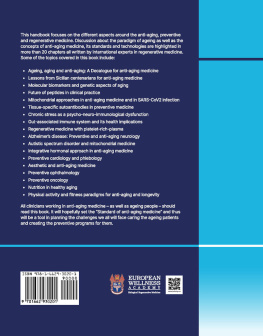

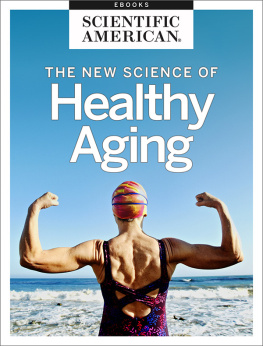
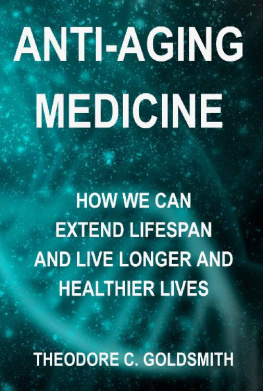

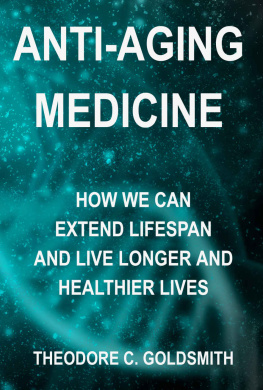
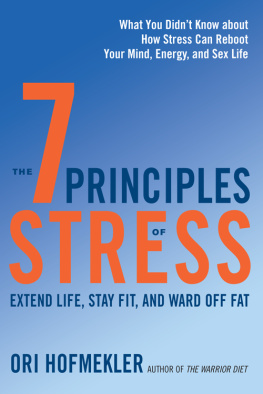
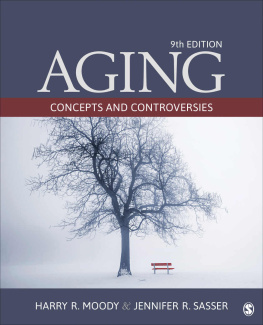
 The paper used in this publication meets the minimum requirements of American National Standard for Information SciencesPermanence of Paper for Printed Library Materials, ANSI/NISO Z39.48-1992.
The paper used in this publication meets the minimum requirements of American National Standard for Information SciencesPermanence of Paper for Printed Library Materials, ANSI/NISO Z39.48-1992.